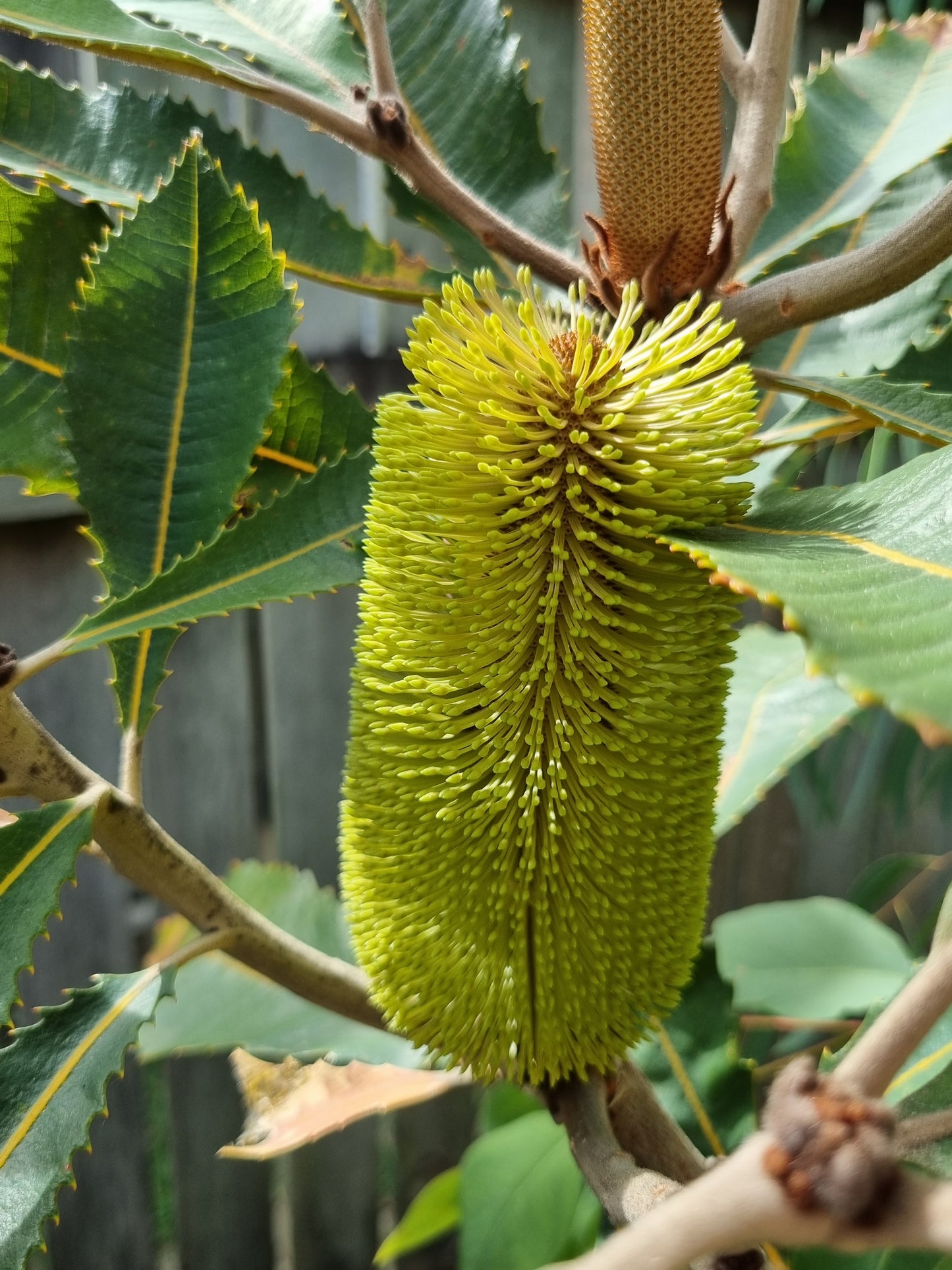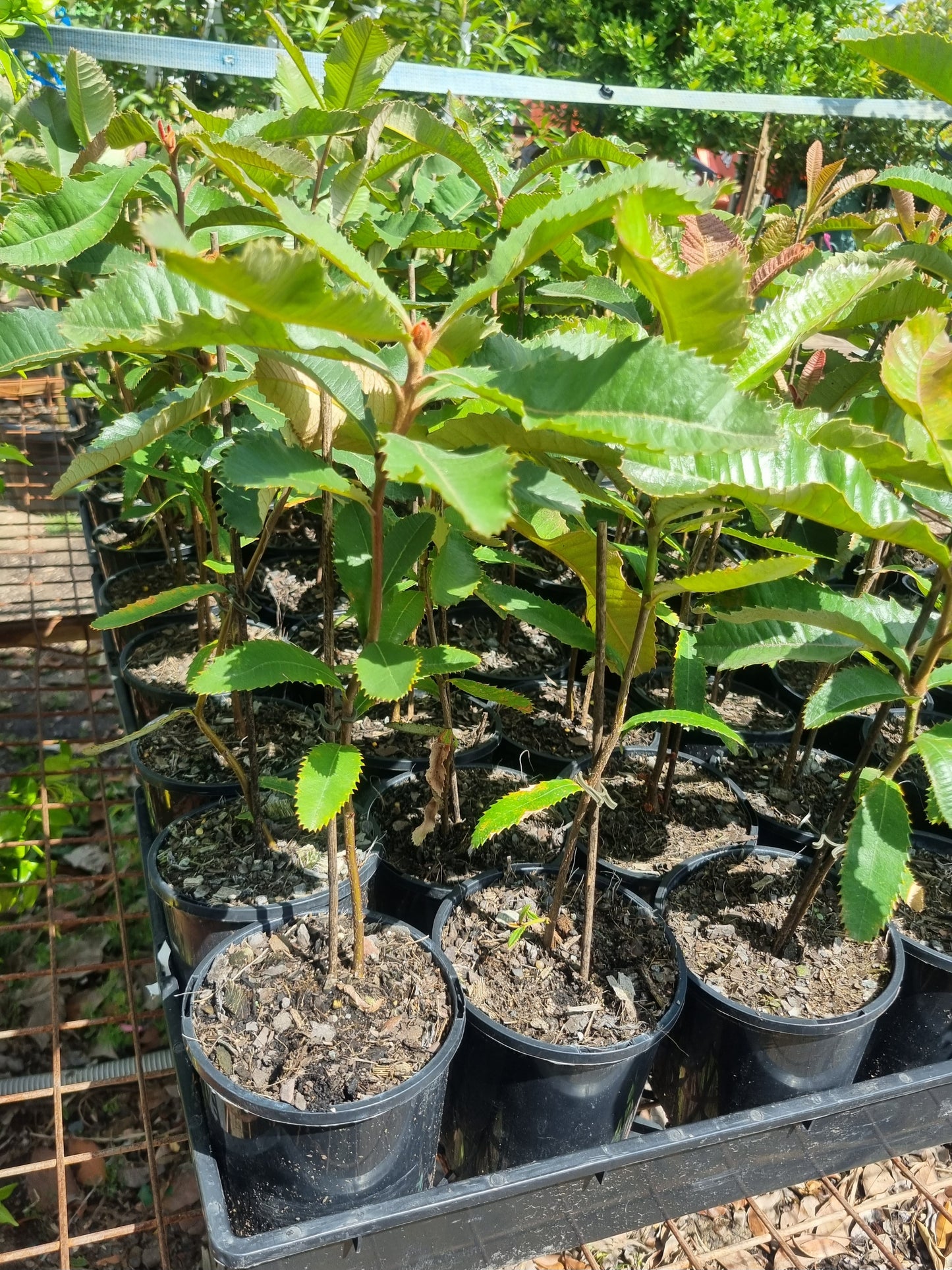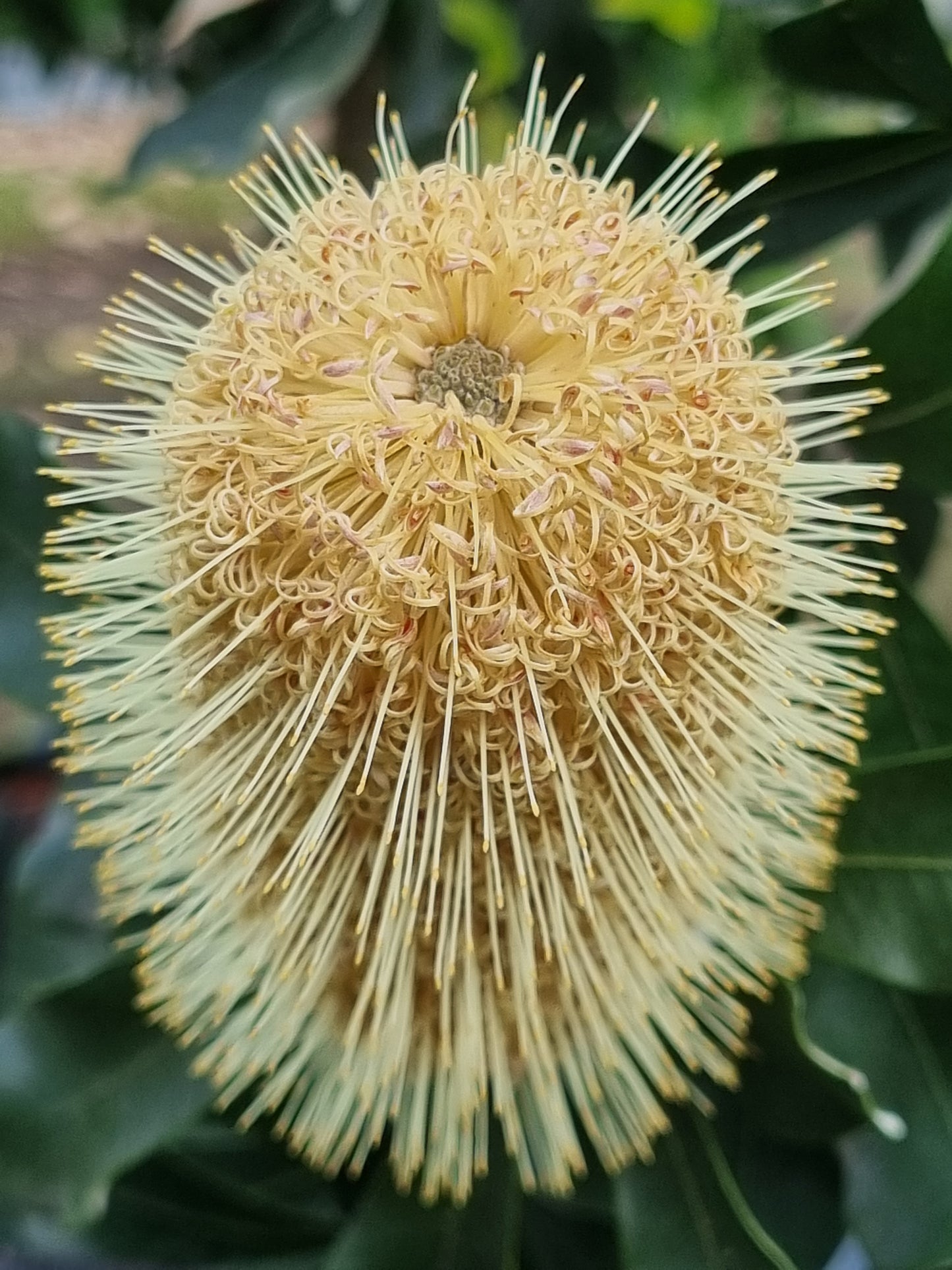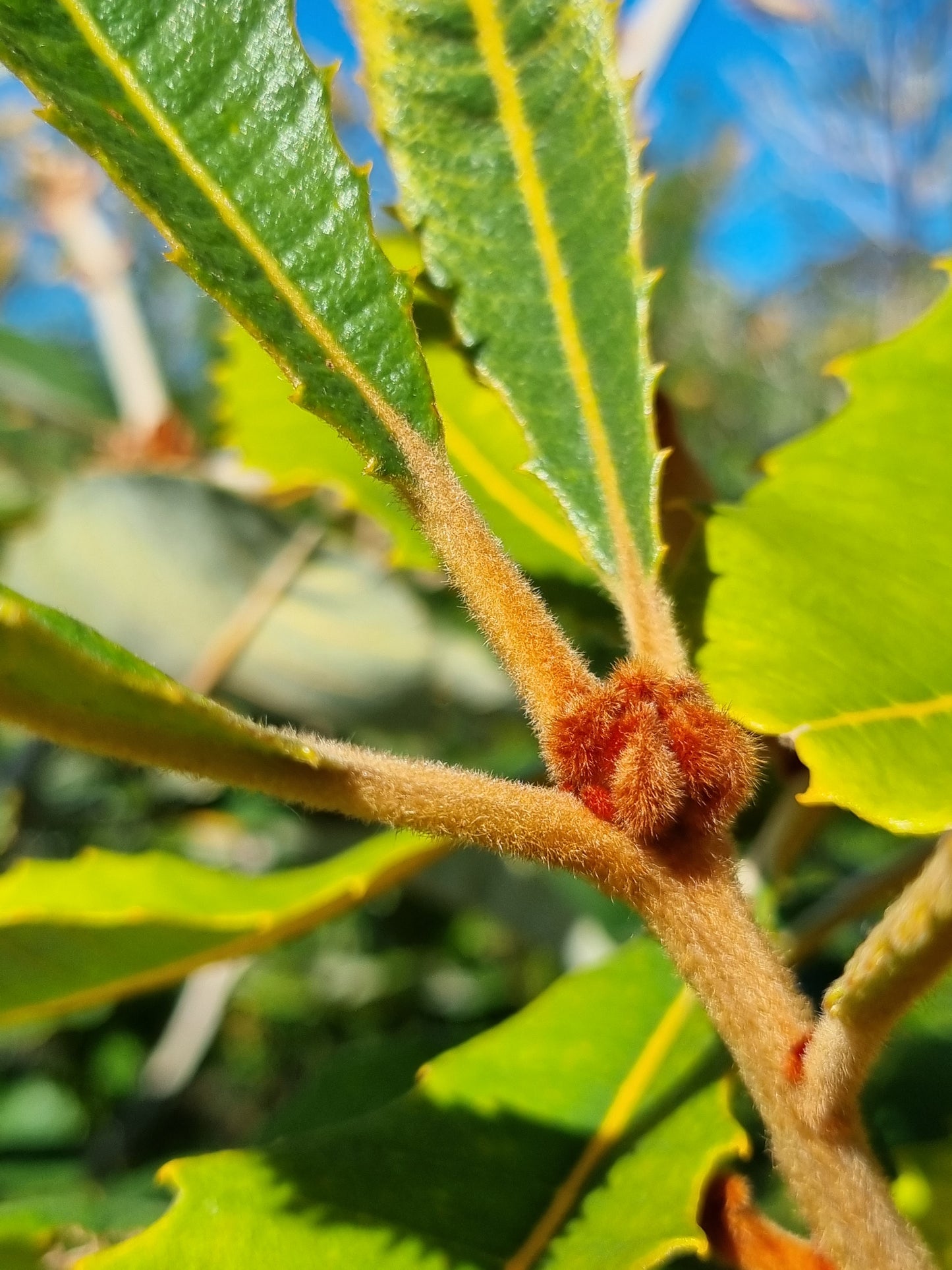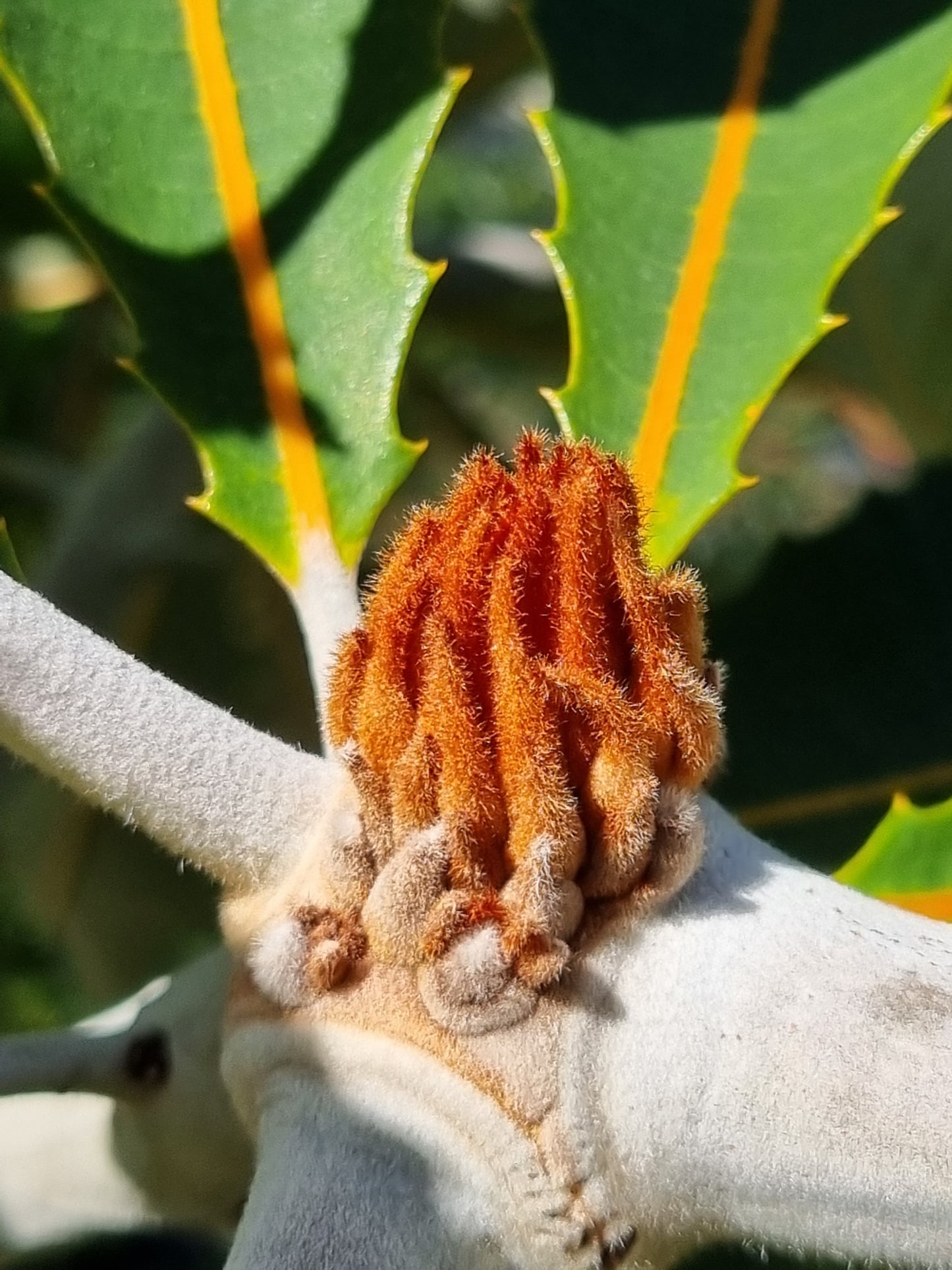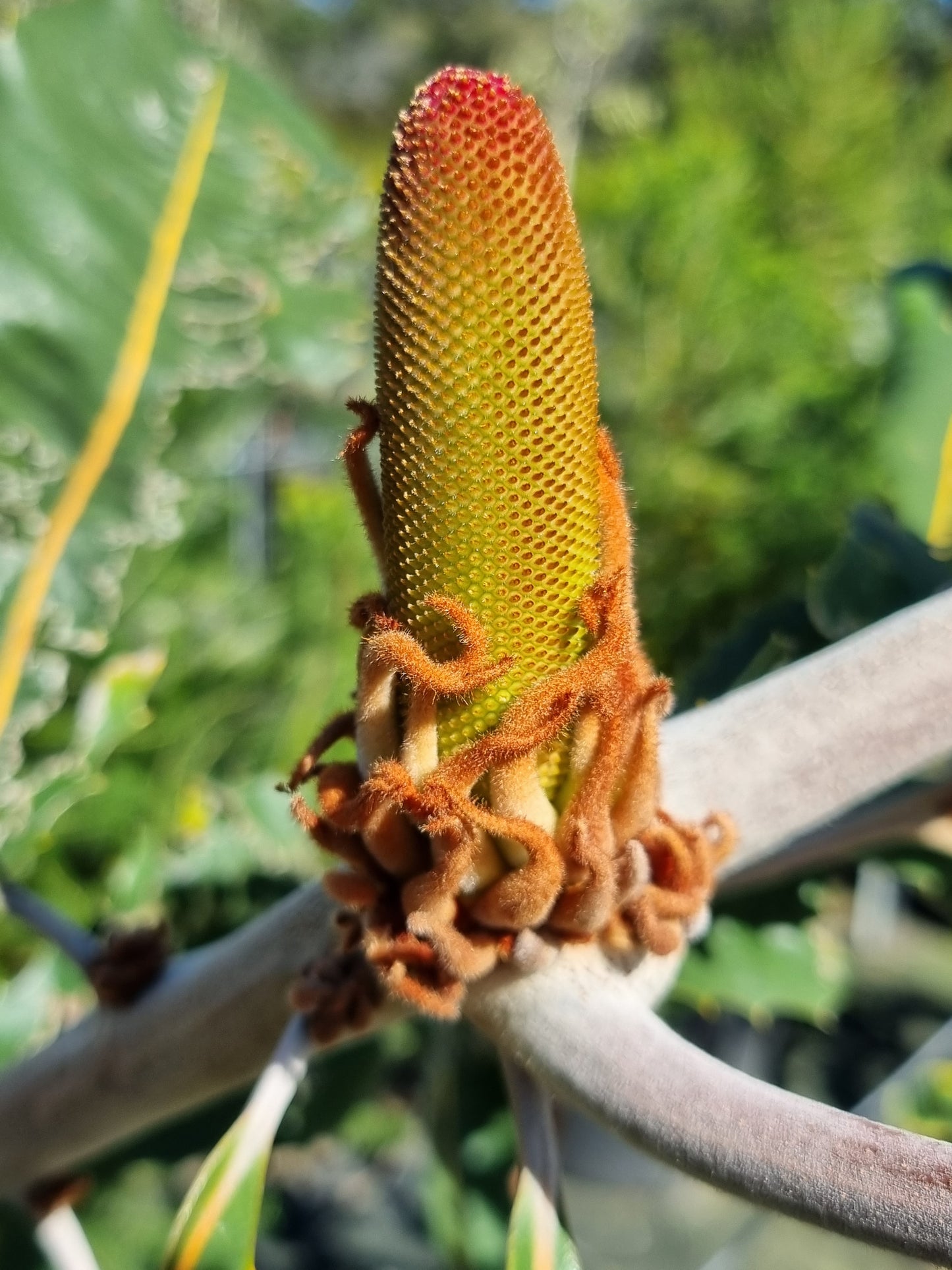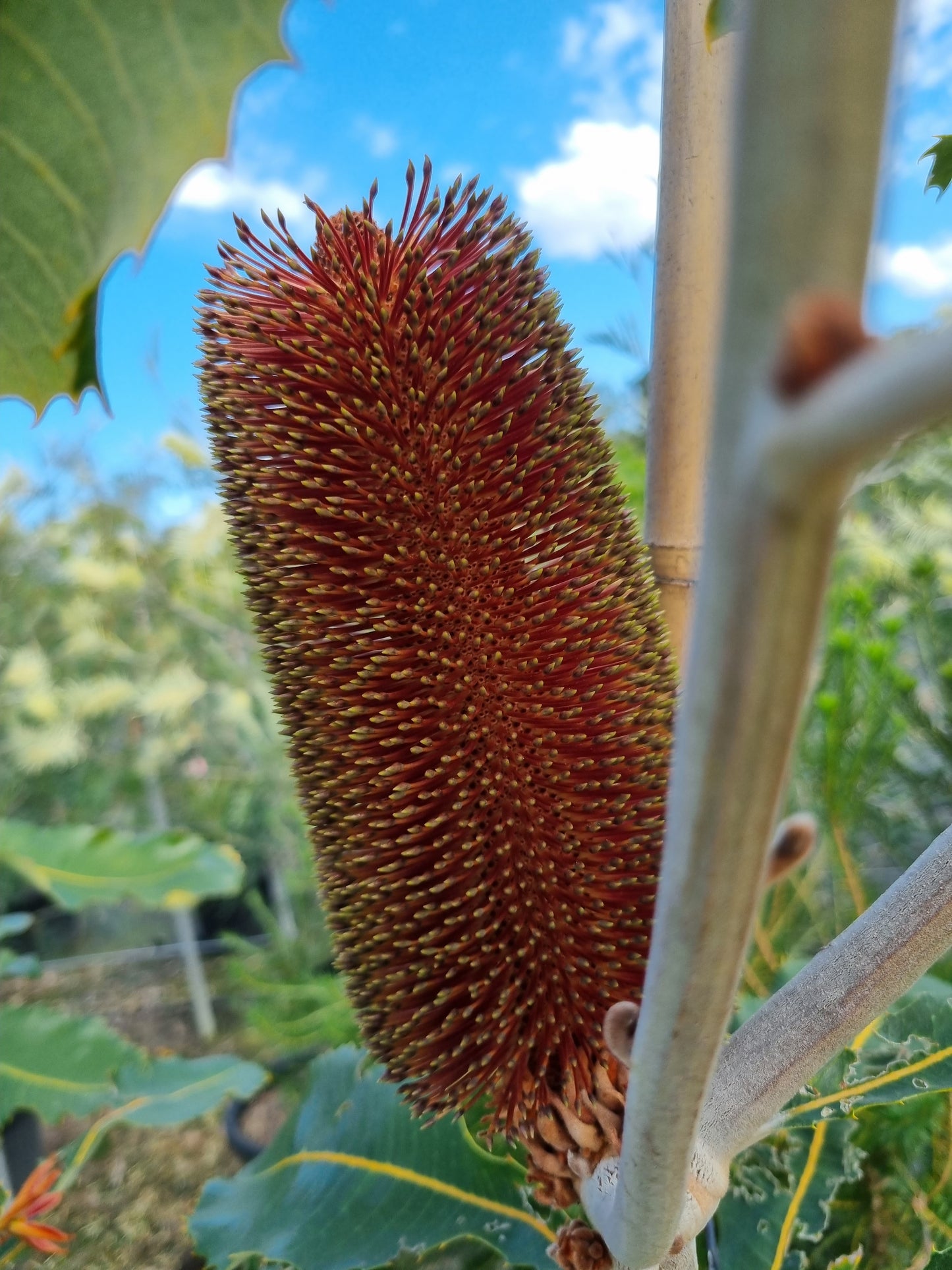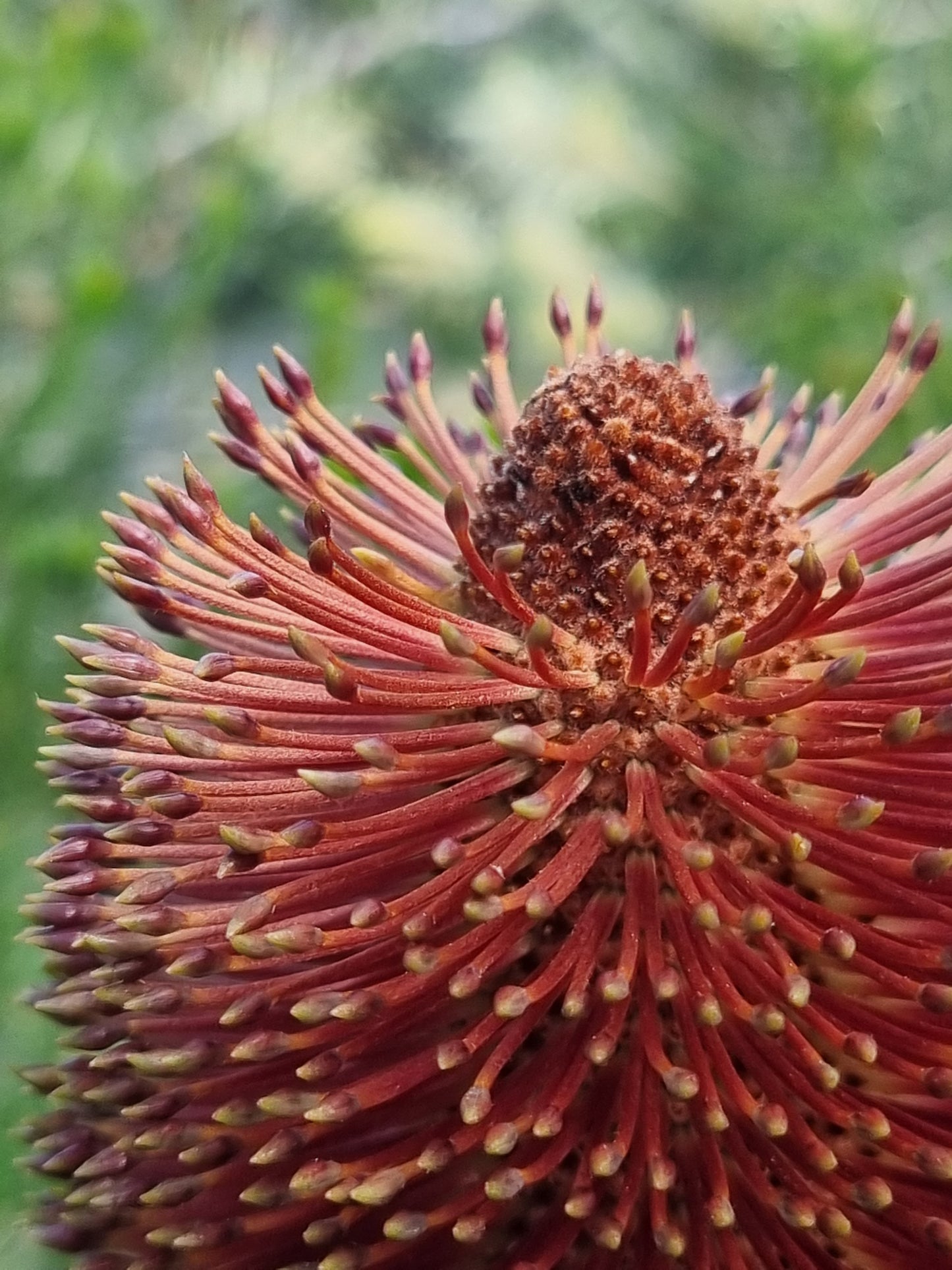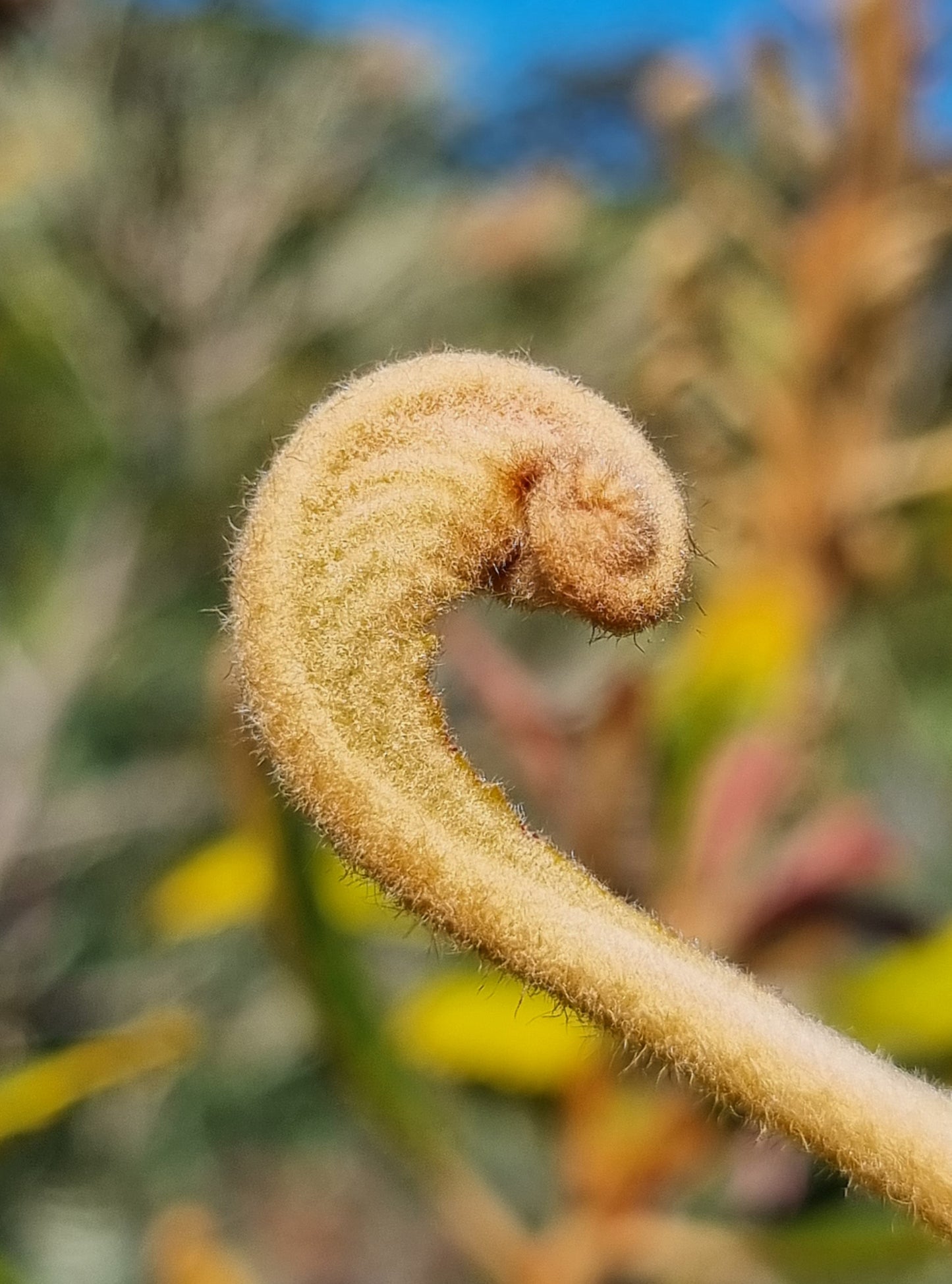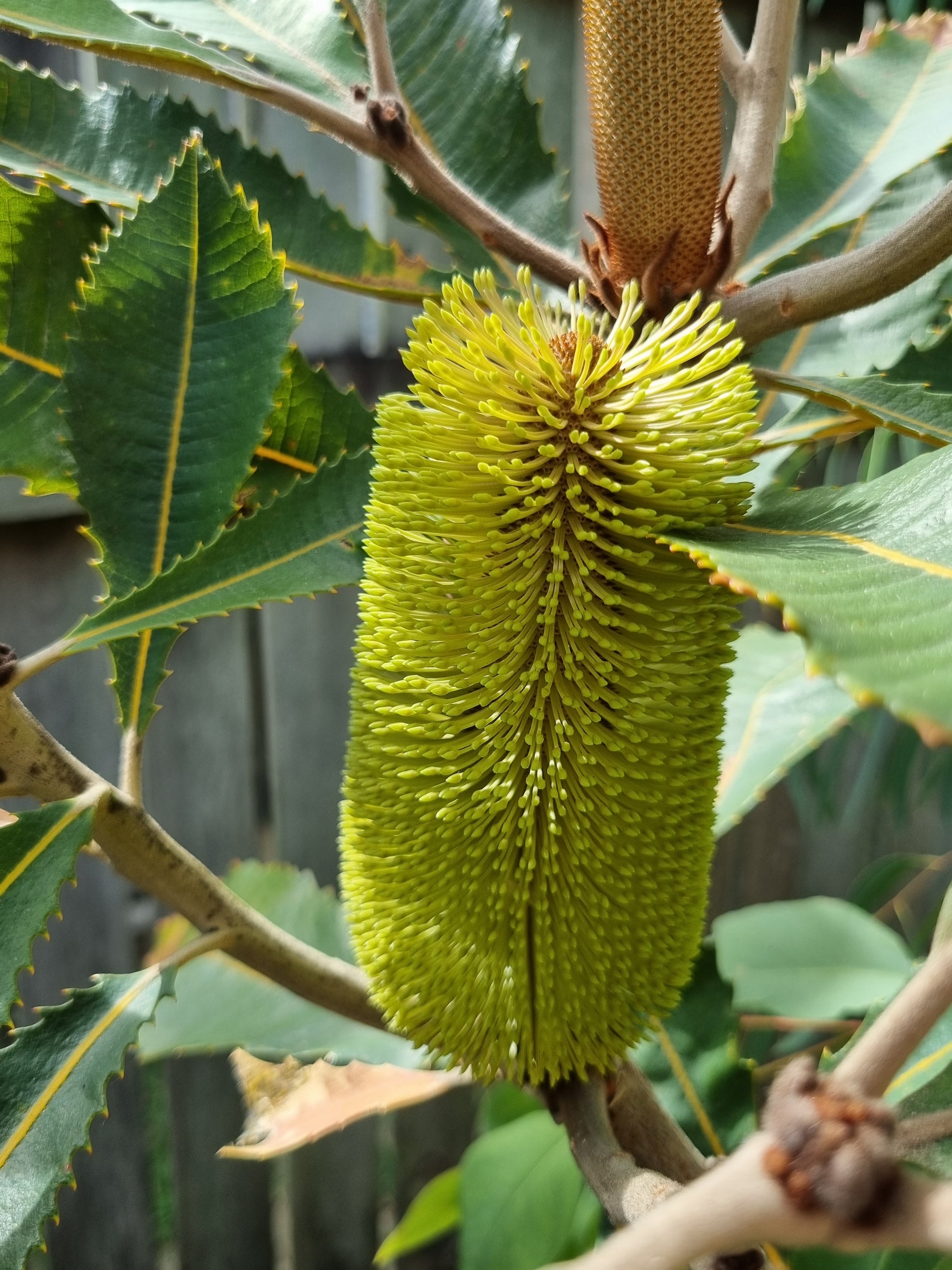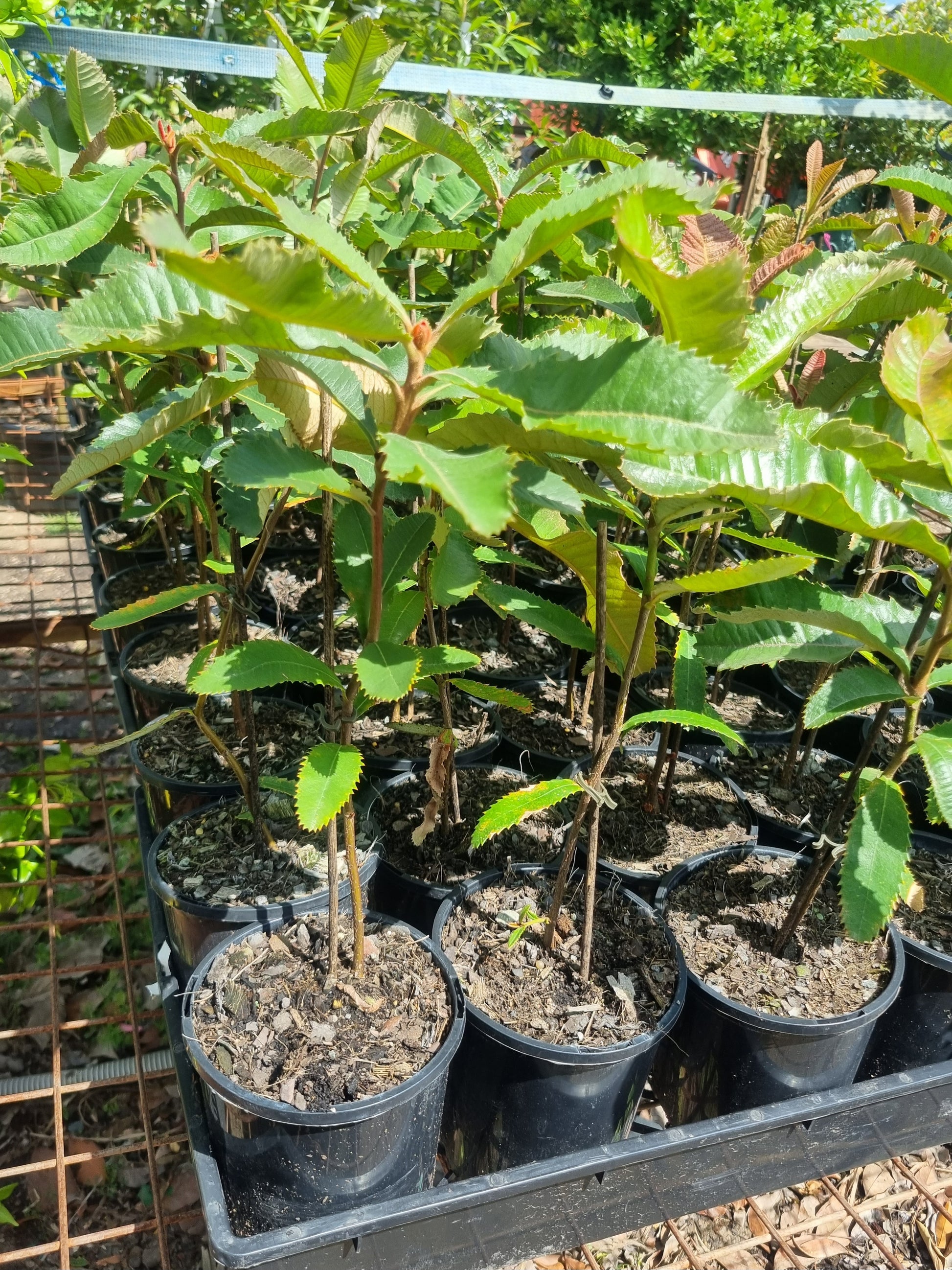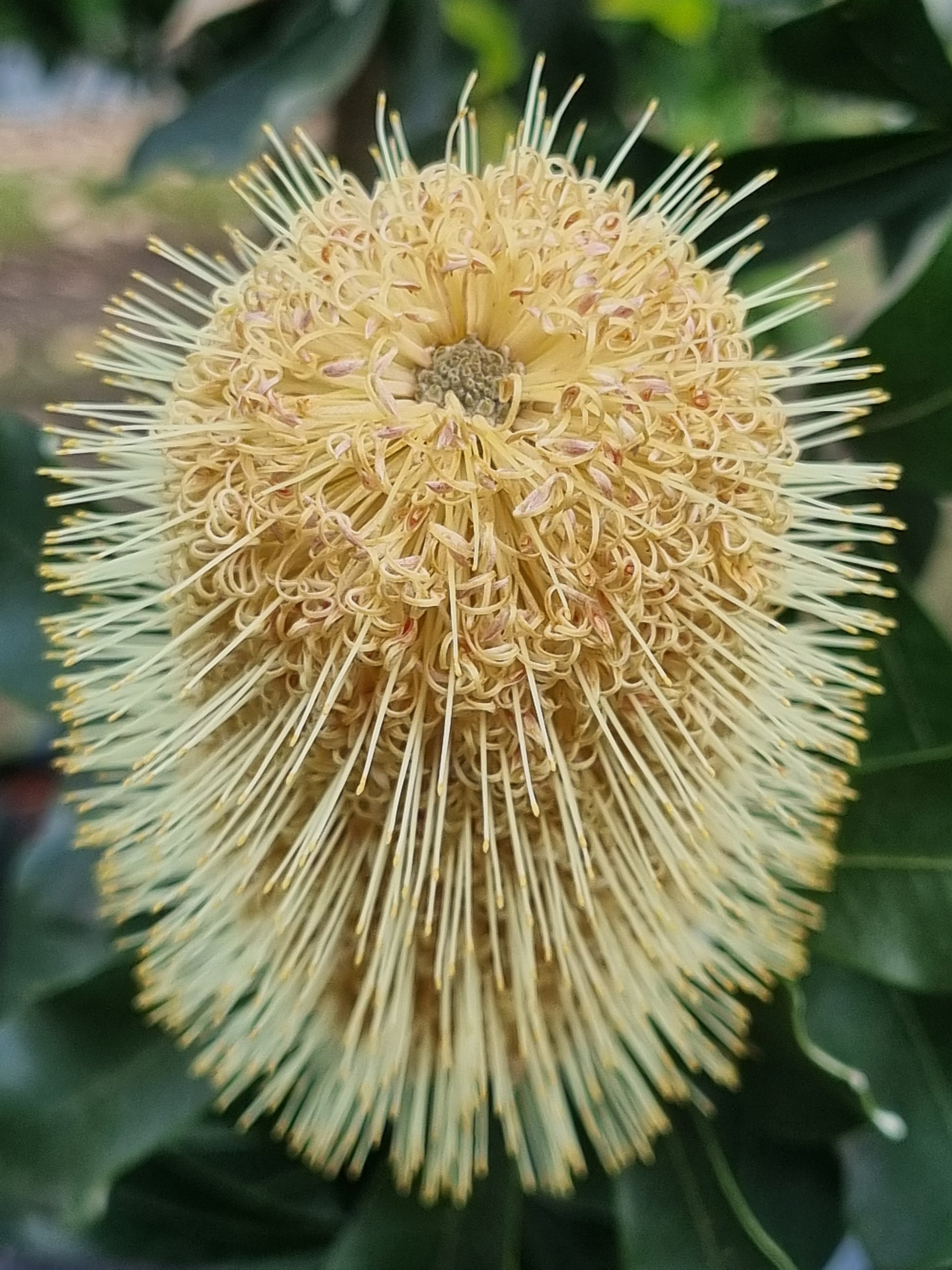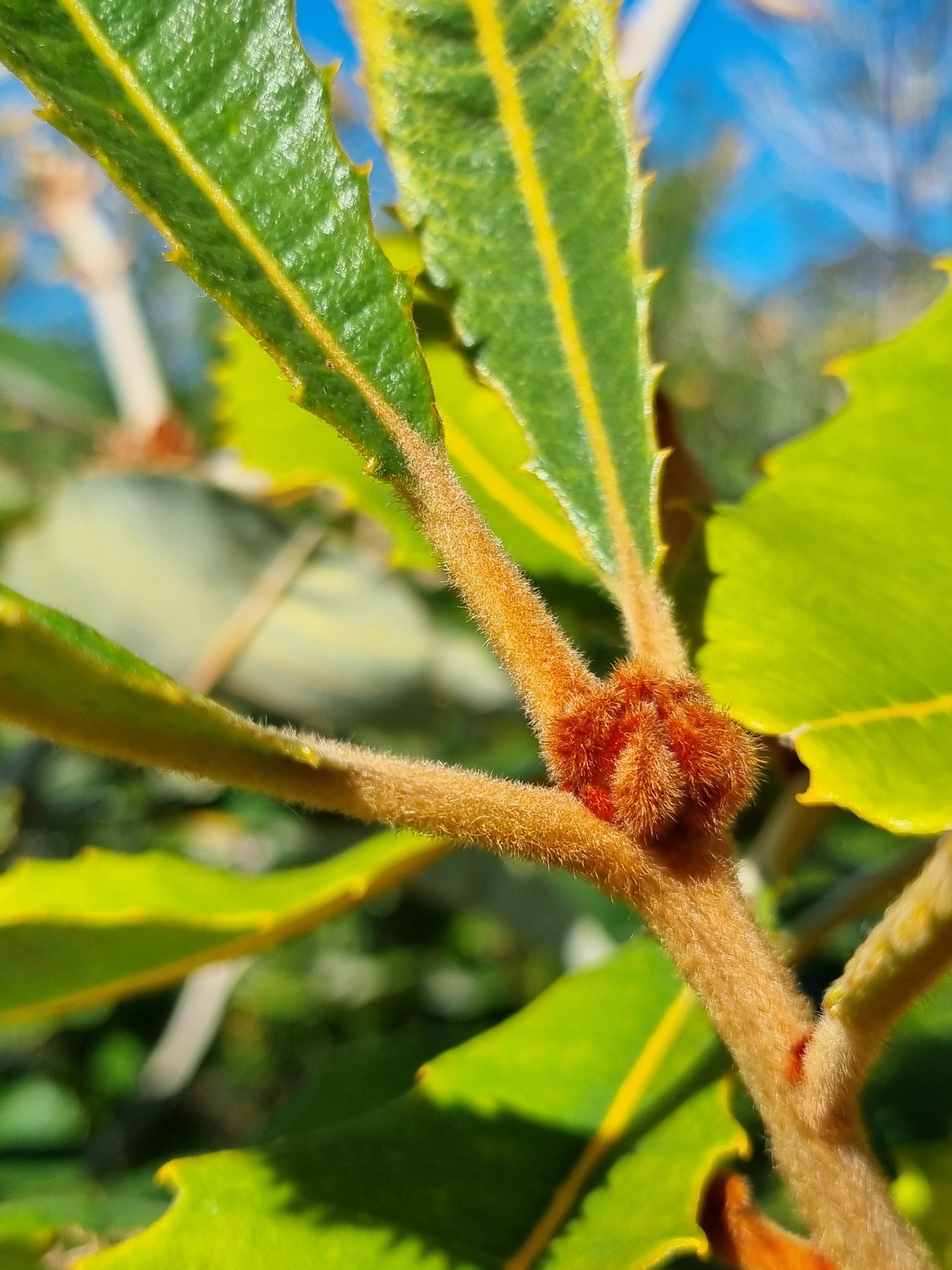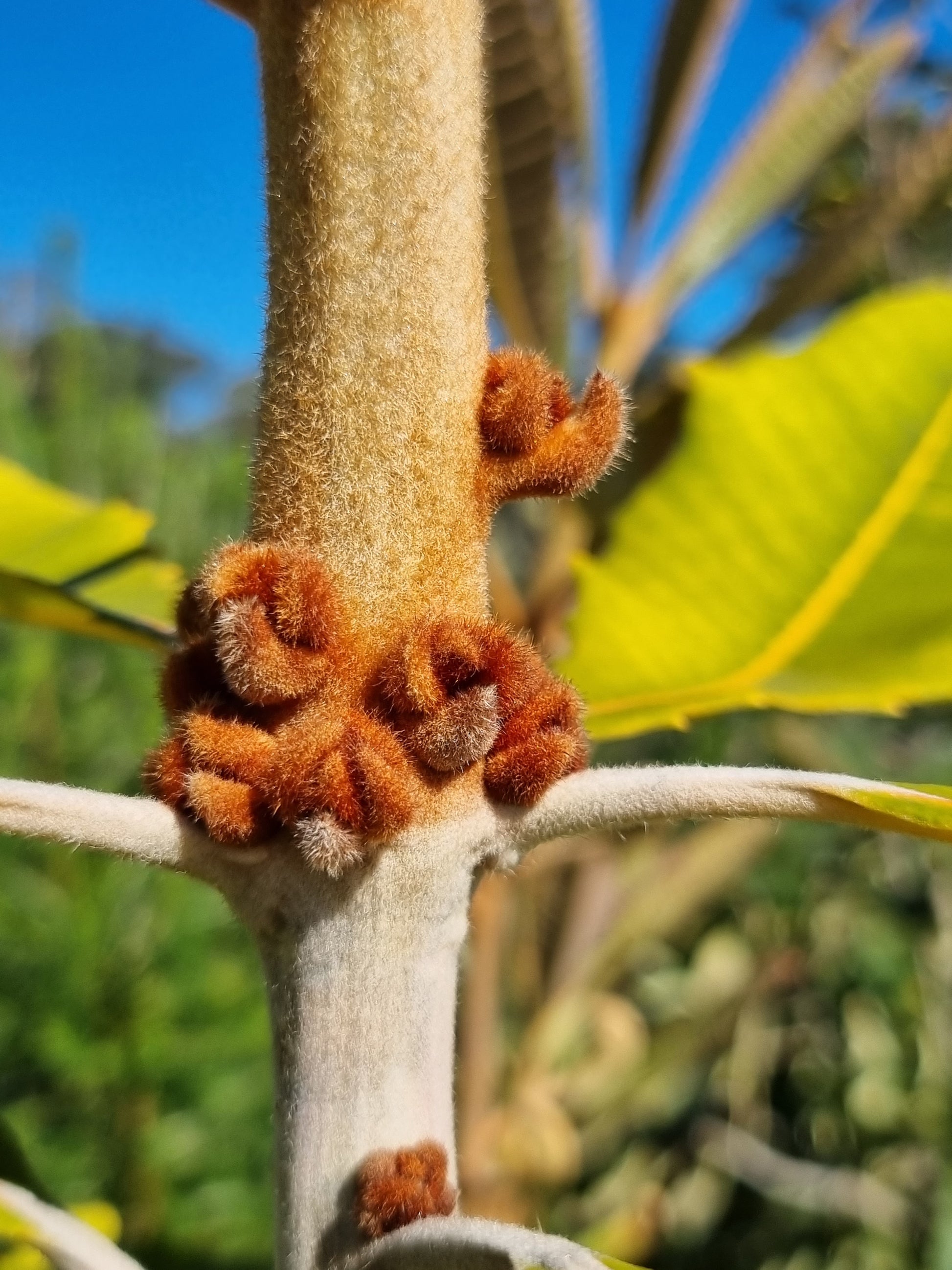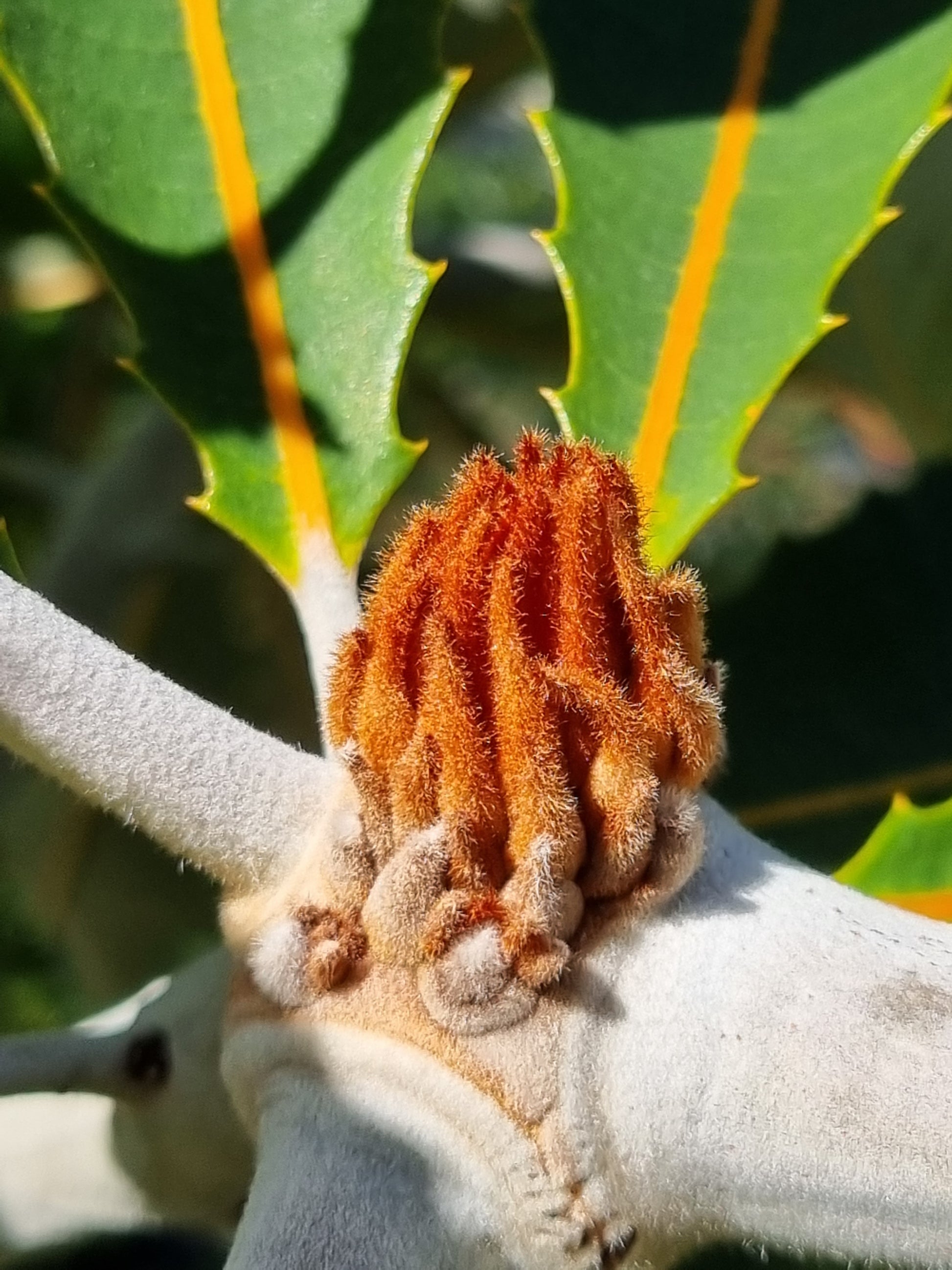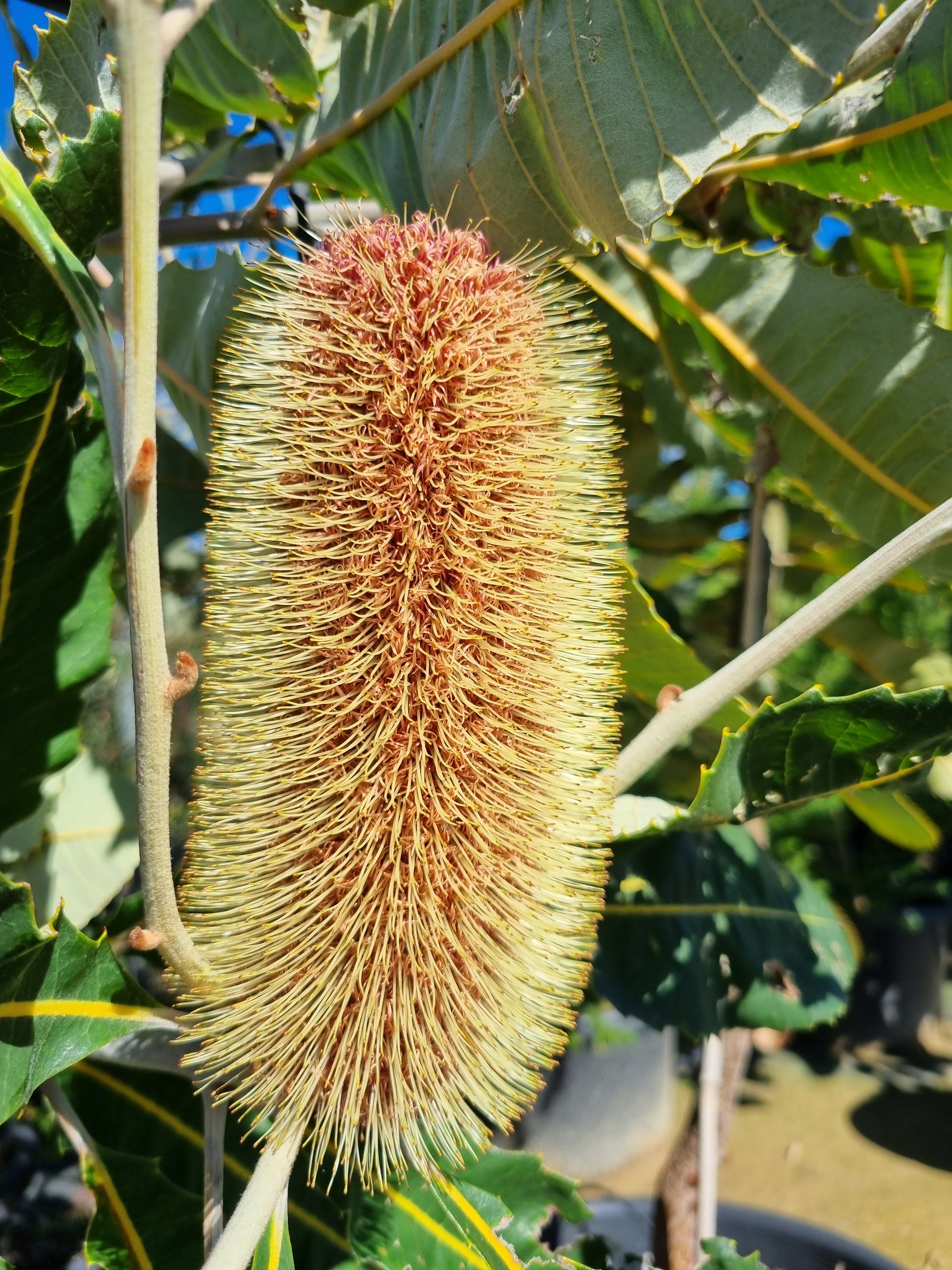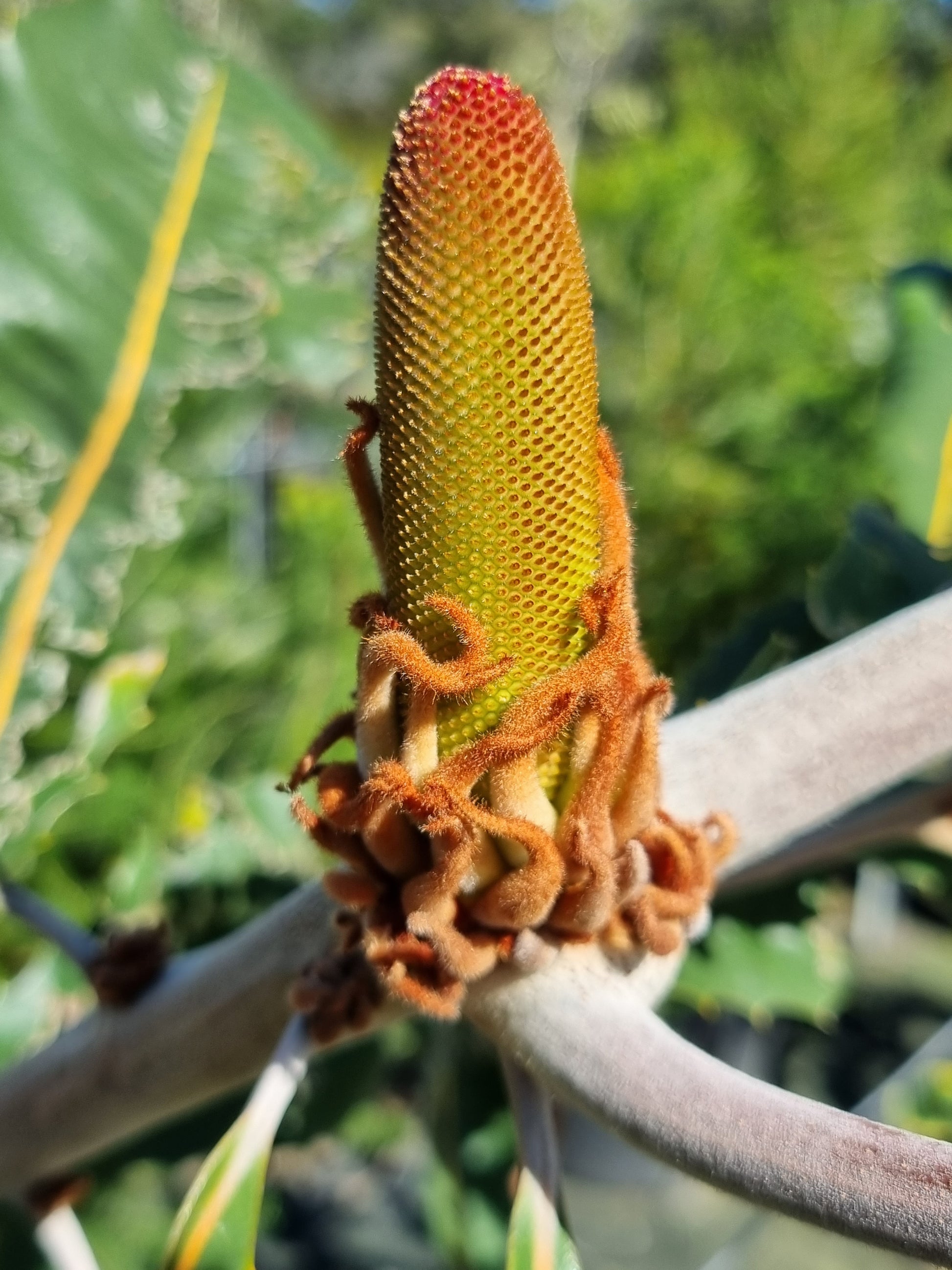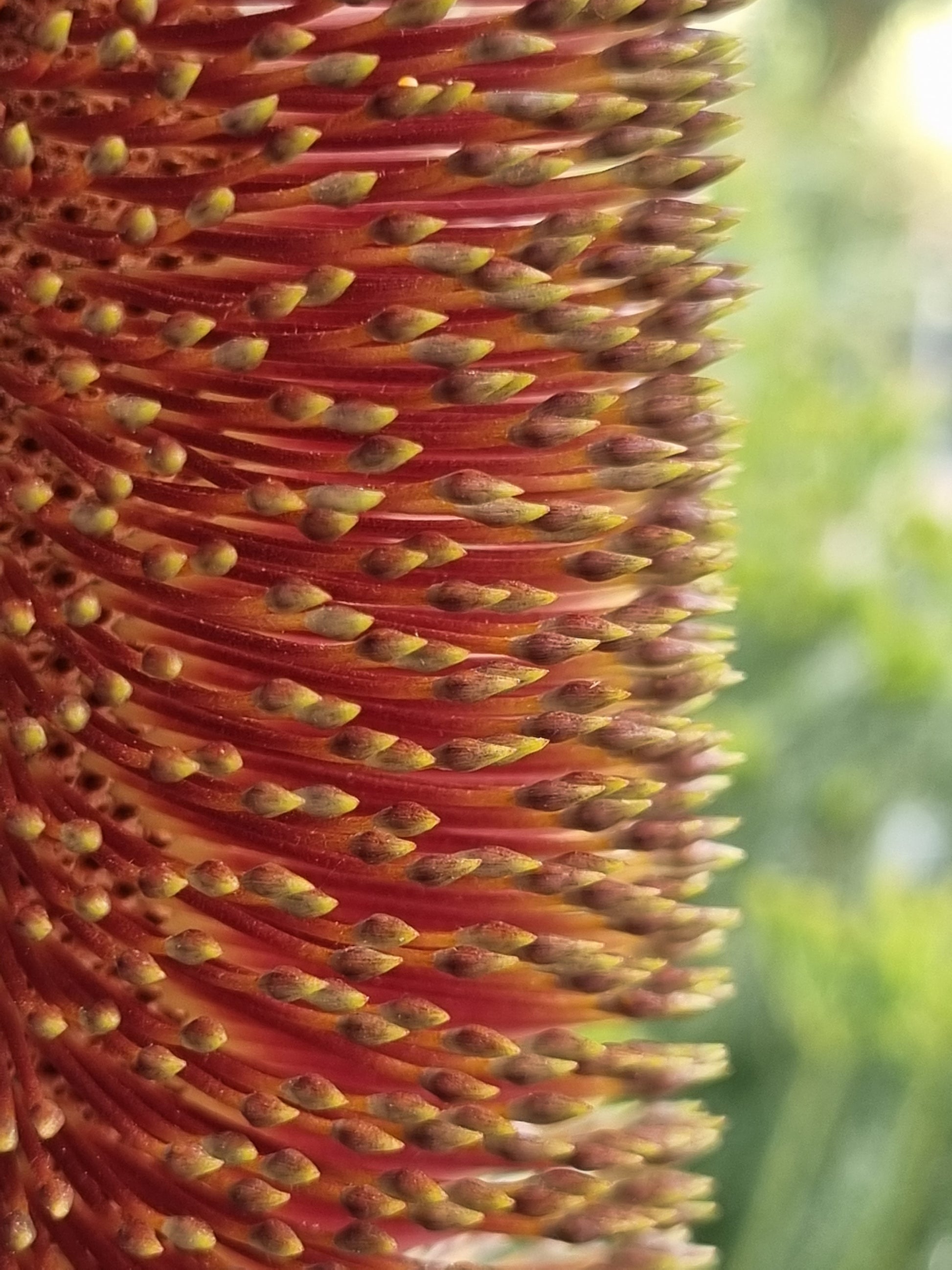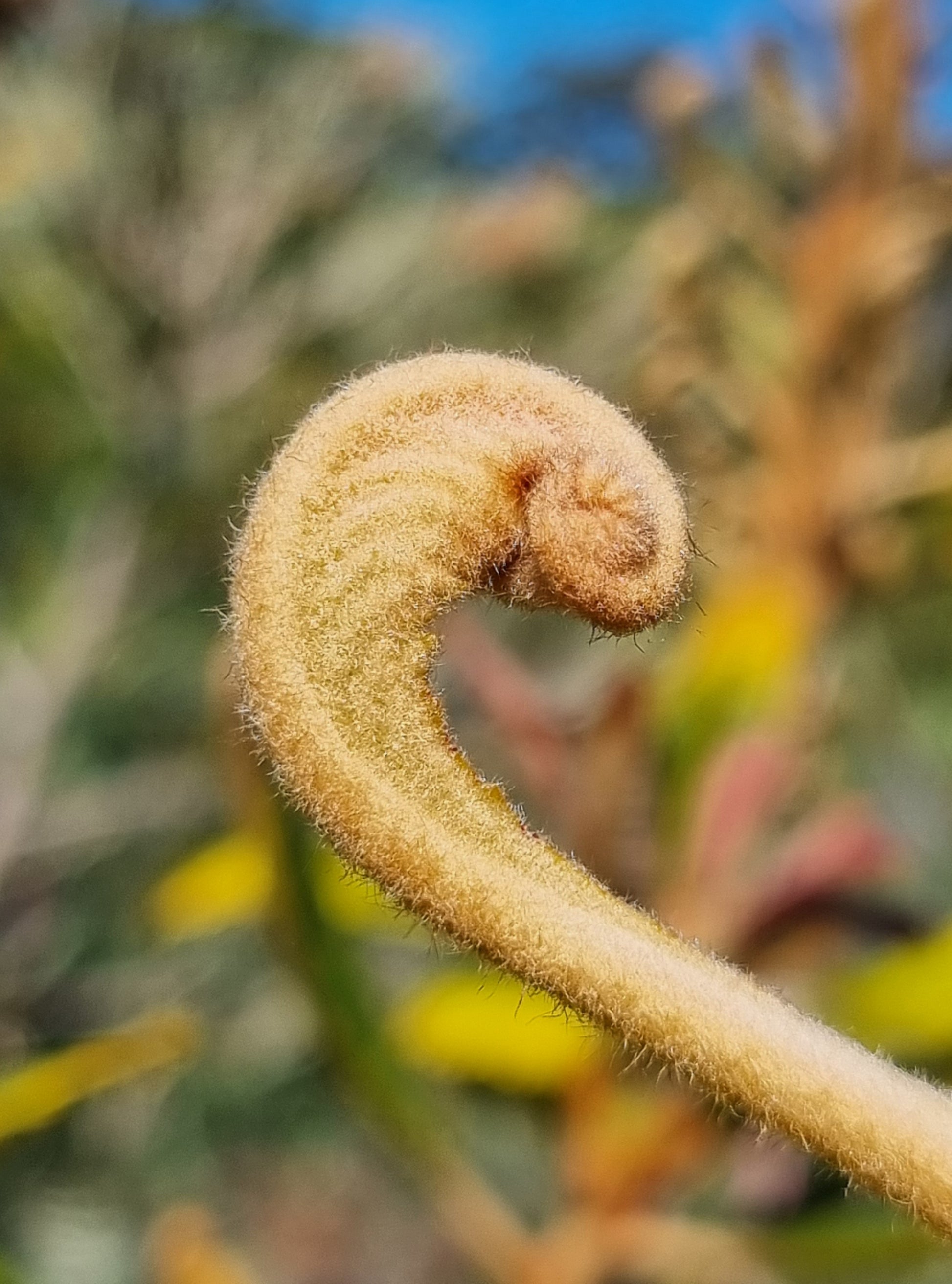Delivertree
Swamp Banksia - Banksia robur
Swamp Banksia - Banksia robur
Couldn't load pickup availability
Banksia robur, commonly known as Swamp Banksia, is a robust shrub native to eastern Australia. Recognized for its large, leathery leaves and striking green to golden-brown flower spikes, it thrives in wet or sandy soils and is ideal for attracting birds and pollinators to your garden.
Quick Overview:
- Native to: Eastern Australia, particularly wet areas like swamps and sandy soils.
- Height: Grows up to 1-2.5 meters tall.
- Foliage: Large, leathery, serrated leaves with a glossy green upper surface and a velvety underside.
- Flowers: Cylindrical spikes that start green and mature to golden-brown; bloom from autumn to spring.
- Growth Habit: Spreading shrub with a dense, rounded form.
- Position: Thrives in full sun to partial shade.
- Soil: Prefers moist, well-drained soils but tolerates sandy and clay conditions.
- Tolerance: Drought-resistant and suitable for coastal gardens; tolerates light frost.
- Etymology: Banksia honors Sir Joseph Banks, a naturalist on Captain Cook's first voyage, and robur means "strong" or "robust," referencing its tough nature.
Detailed Description: Banksia robur, or Swamp Banksia, is a versatile and hardy Australian native shrub known for its adaptability and striking appearance. Its leathery, serrated leaves, which can grow up to 30 cm long, create a bold textural feature in gardens. The leaves have a glossy green upper surface and a soft, velvety underside, adding visual interest.
The flower spikes, measuring up to 20 cm in height, begin as vibrant green and gradually age to a golden-brown hue. Blooming from autumn to spring, these flowers are a magnet for birds, bees, and other pollinators, making Banksia robur an excellent choice for wildlife-friendly gardens.
Despite its common name, Swamp Banksia is not limited to wetlands. It grows well in sandy, clay, or even poorly drained soils, making it highly adaptable. It thrives in full sun to partial shade and requires minimal maintenance once established. Its ability to withstand drought and tolerate coastal conditions makes it a reliable addition to a wide range of landscapes.
Planting Benefits:
- Wildlife Attraction: Its nectar-rich flowers attract birds, bees, and other pollinators.
- Aesthetic Appeal: Large leaves and striking flower spikes provide year-round visual interest.
- Versatility: Thrives in various soil types, including sandy, clay, and wet soils.
- Low Maintenance: Drought-resistant and hardy, requiring minimal care once established.
- Coastal Tolerance: Performs well in coastal gardens and can withstand salt-laden winds.
Banksia robur is a resilient and visually captivating choice for gardeners seeking to create a native or wildlife-friendly landscape. Its unique foliage, beautiful blooms, and adaptability make it a standout shrub for a variety of garden settings.
Share
